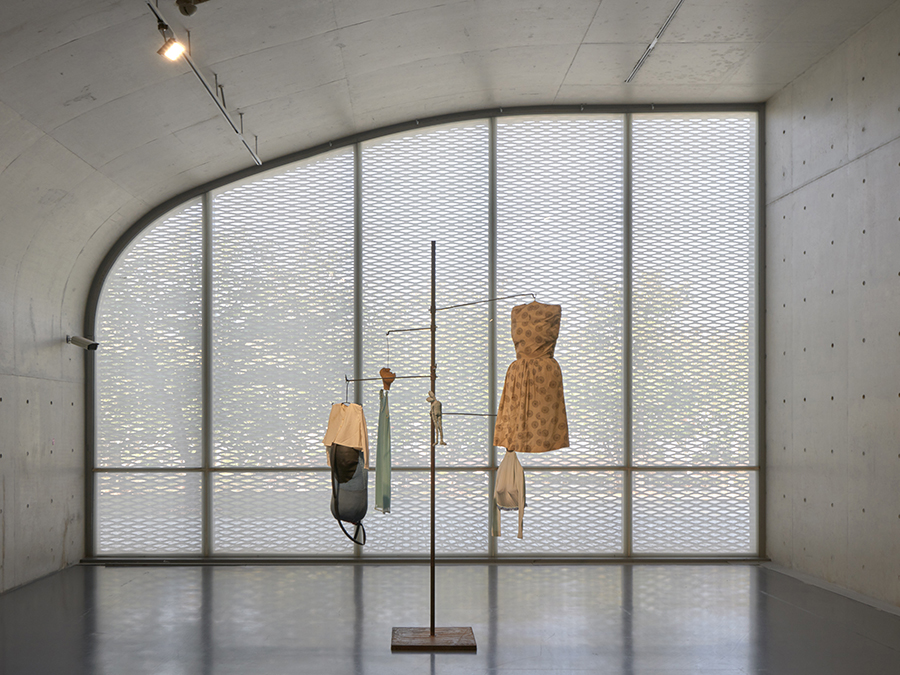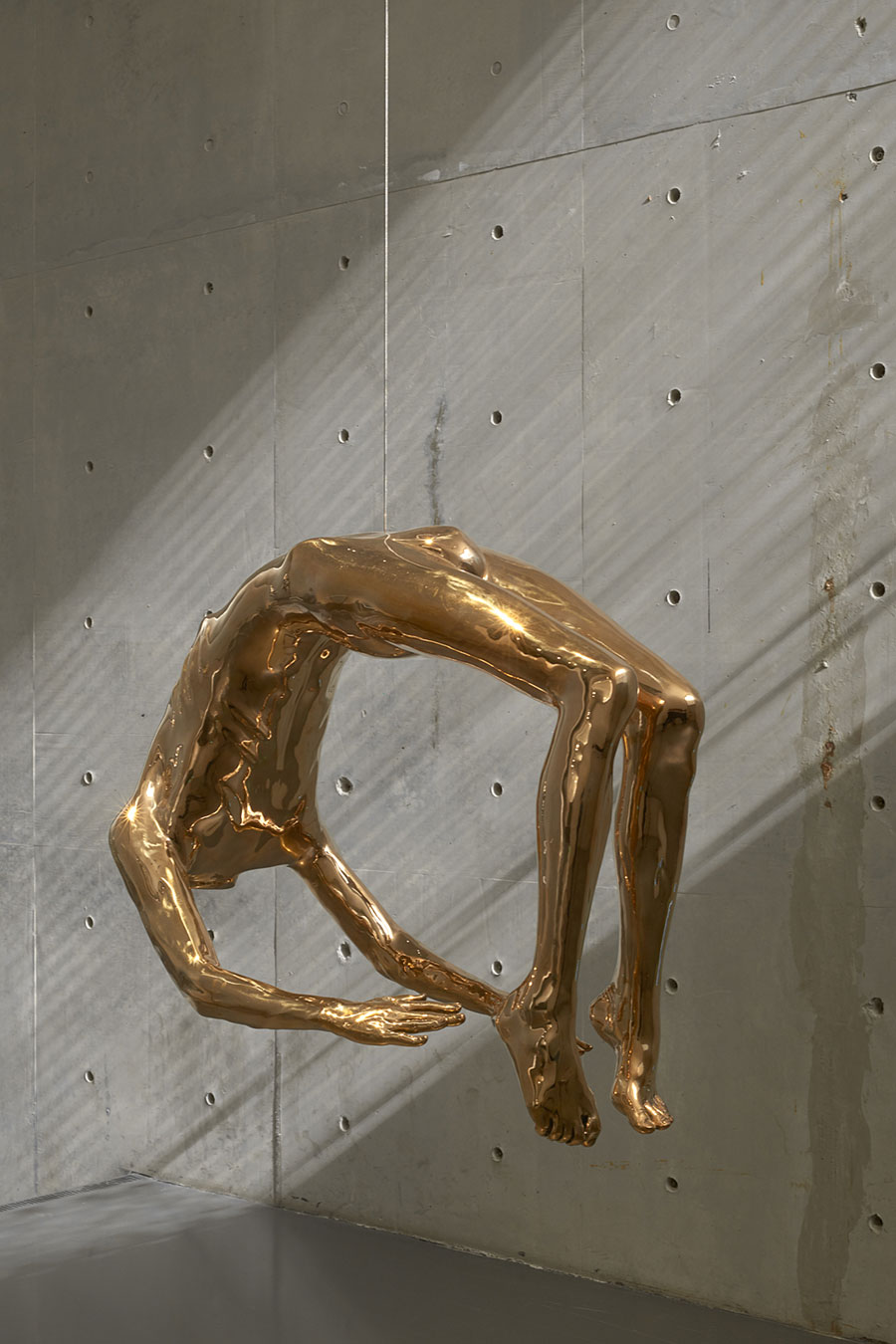How Louise Bourgeois Investigated the Power of Materials
The artist’s first large-scale exhibition in China at the Long Museum, Shanghai, sheds new light on the sublimation of personal history in her work
The artist’s first large-scale exhibition in China at the Long Museum, Shanghai, sheds new light on the sublimation of personal history in her work

I have always liked that Louise Bourgeois was born on Christmas Day. Something about this feels exactly right. And, while the artist’s birthday might seem a trivial detail, infrequently cited in scholarly discussions on her complex life, ‘The Eternal Thread’, her first large-scale museum exhibition in China, is nothing less than a gift – and a considerable one at that.
Curated by New York-based writer and curator Philip Larratt-Smith, and organized by the Long Museum in collaboration with the Louise Bourgeois Trust and the Easton Foundation, the exhibition brings together 40 works spanning seven decades. Penetrating biographical symbolism and psychological motifs are indelibly woven throughout these pieces, realized over the course of a long and productive life. Included are Bourgeois’s ‘Personage’ (Character) sculptures from 1944–55; her iconic hanging sculptures, such as Arch of Hysteria (1993); ‘Cell’ installations from the 1990s through to 2006; and fabric works created during the last decade of her life. (Larratt-Smith is also preparing for publication Bourgeois’s complete psychoanalytic writings, which will coincide with the exhibition ‘Freud’s Daughter’ at New York’s Jewish Museum in 2020).
‘The Eternal Thread’ sheds new light on the fusion, uni cation and sublimation of personal history in the artist’s work, on which much has been written, but also on its radical formal invention. Bourgeois’s métier was to investigate the power of materials – both in psychoanalytic and physical terms – to connect the present and the past; her work includes her old clothing, bed linens and possessions: objects imbued with memories and the texture of time.

The exhibition forms a kind of spiral, as Larratt-Smith explained in a tour, centred around three monumental works on the museum’s ground floor. No major survey of Bourgeois’s work would be complete without one of her gigantic spider sculptures: Maman (Mummy, 1999), com- missioned for Tate Modern’s Turbine Hall, is on loan to another institution for the rst time. As an allegorical representation of Bourgeois’s relationship with her mother, and perhaps motherhood universally, the spider’s ability to construct its home, a liv- ing architecture, seems somehow inseparable from the web’s use as a deadly snare; it thus becomes an extended metaphor for Bourgeois’s adolescence, working in the family’s tapestry-restoration business, supervised by her mother. Aptly paired with this towering sculpture is Has Day Invaded the Night or Has the Night Invaded the Day? (2007), an enormous, tilting vanity mirror standing five metres high, fabricated from aluminium and stainless steel; its question pulses from deep blue diodes and is a testament to Bourgeois’s struggles with insomnia.

Exhibited for the first time is The Couple (2007–09), Bourgeois’s largest hanging sculpture, completed a year be- fore her death. At seven metres high and weighing some 2,500 kilograms, this cast and polished aluminium work was com- missioned by Vienna’s Wien-Mitte station, but was never installed. The entwined male and female figures are in a turbulent embrace, as if swept up by a tornado. The woman’s gleaming hair coils around their coupling bodies, leaving little visible except for their heads and dangling feet.
With its cavernous, vaulted ceilings and curved, concrete walls, the Long Museum is ideal for showing Bourgeois’s large-scale works. The museum’s smaller galleries also serve the pieces well, especially those more intimate or stand-alone installations, such as Cell (Black Days) (2006) and the fabric sculptures created during the final decade of the artist’s life, isolated in small vitrines like hand-stitched dioramas or portraits. Much has already been written about Bourgeois’s traumatic history: her fear of abandonment, the pain of separation and her lifelong search for emblems of solace, reparation and reconciliation. Though she worked in various media throughout her life, she stayed unflinchingly tied to those unsevered emotional threads that remain at the heart of her work.
Louise Bourgeois, 'The Eternal Thread' runs at Long Museum, Shanghai, until 24 February 2018.
Main image: Louise Bourgeois, Maman, 1999, steel and marble, 9,27 x 8,92 x 10,24 m. Courtesy: Collection Tate © The Easton Foundation/VAGA (ARS), NY; photograph: Jiaxi & zhe. Long Museum (West Bund)























